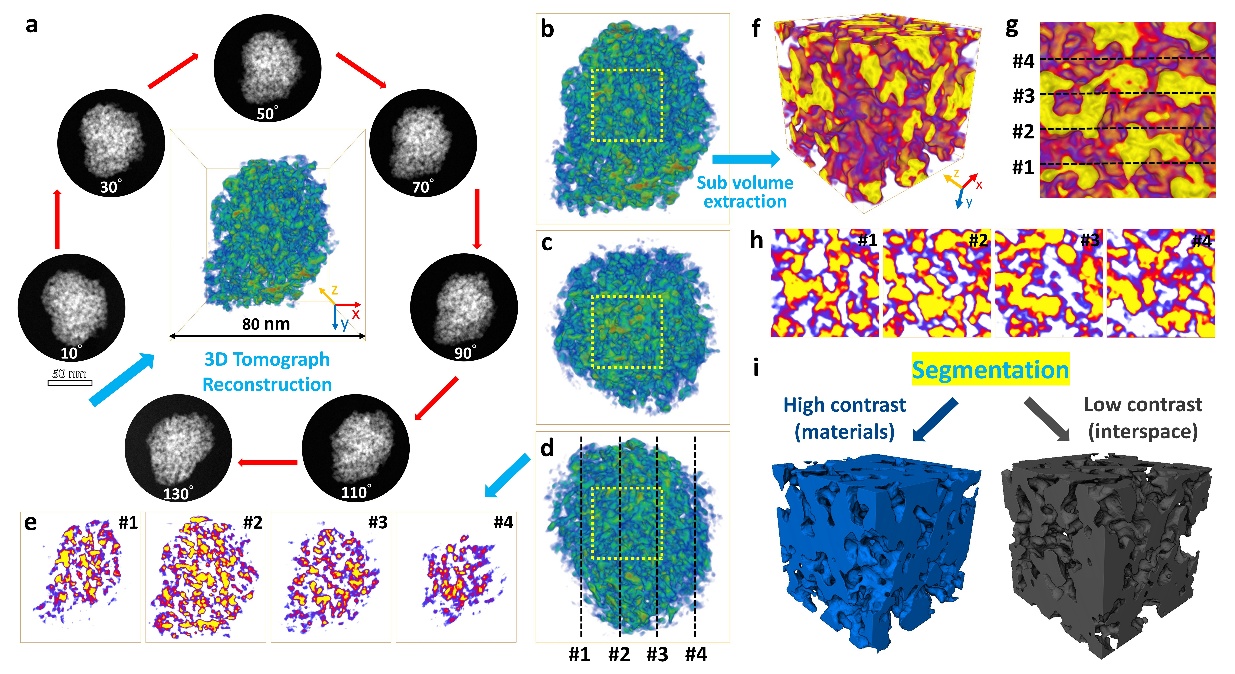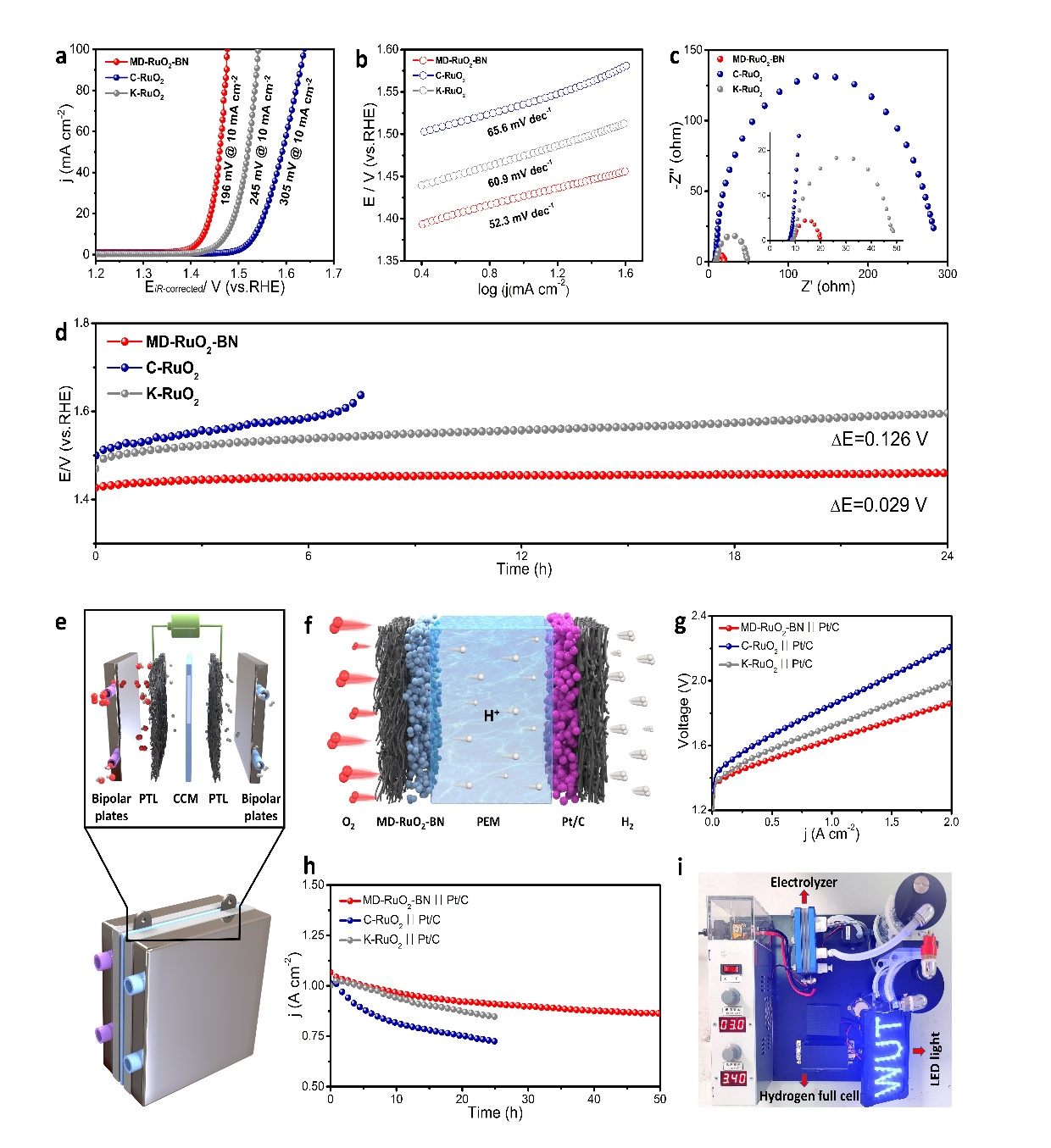Recently, Professor Mu Shichun’s research team at Wuhan University of Technology (WUT) achieved a significant breakthrough in high-performance acidic water oxidation catalysts. Their latest study, titled “Bicontinuous RuO₂ nanoreactors for acidic water oxidation,”was published in Nature Communications, a leading journal under Nature Publishing Group.
The State Key Laboratory of Advanced Technology for Materials Synthesis and Processing is listed as the first corresponding institution, with PhD student Chen Ding and others are the first authors, with Professor Mu Shichun as the sole corresponding author.
Tackling the Core Challenge in Green Hydrogen Production
A major challenge in green hydrogen production lies in developing efficient anodic oxygen evolution reaction (OER) catalysts for proton exchange membrane water electrolyzers (PEMWEs). The slow OER kinetics significantly limit overall electrolysis efficiency.
While iridium (Ir)-based catalysts are the current benchmark due to their stability in harsh acidic environments, their high cost and scarcity pose limitations. Developing Ir-free, acid-stable catalysts with high activity and durability remains a pressing challenge. Among alternatives, rutile-type RuO₂ catalysts show promise but lack long-term stability.
Breakthrough: Bicontinuous RuO₂ Nanoreactors
To address this challenge, Professor Mu’s team developed a bicontinuous RuO₂ nanoreactor, composed of multi-scale defective RuO₂ nanocrystals and an interconnected porous network.
Key design features include:
A bicontinuous structure providing abundant active sites and rapid electron transport pathways
Multi-scale defects introducing low-coordinated Ru atoms, which weaken Ru–O interactions, suppressing lattice oxygen oxidation and Ru dissolution
Performance Achievements
Experimental results demonstrated:
High OER activity in acidic environments
Exceptional long-term stability, suitable for PEMWE systems
Robust performance in integrated regenerative fuel cell setups
This study successfully tackles a key scientific challenge: achieving both high catalytic activity and long-term durability in Ru-based OER catalysts.
Milestones in Ru/Ir-Based Catalyst Research
This latest publication adds to a series of groundbreaking achievements by Professor Mu’s team, particularly in Ru/Ir-based catalyst research.
Previous related publications include:
Angewandte
Chemie International
Edition
(https://doi.org/10.1002/anie.202407577,
first author: Chen Ding, PhD candidate)
Energy
& Environmental Science
(2024,
17, 1885, first author: Chen Ding, PhD candidate)
Nano
Letters
(2024,
24, 1015, first author: Mu Xueqin, PhD candidate)
These works represent major advancements in rational catalyst design for energy conversion.

Figure 1: 3D transmission electron microscopy reconstruction of the RuO₂nanoreactor

Figure 2: Water oxidation and electrolysis performance of MD-RuO₂-BN catalysts
Original
article link:
https://doi.org/10.1038/s41467-024-48372-4